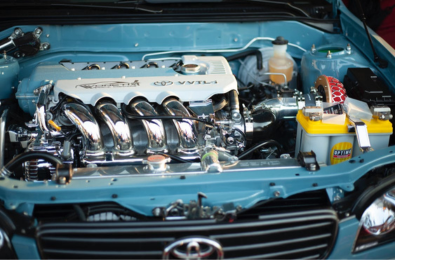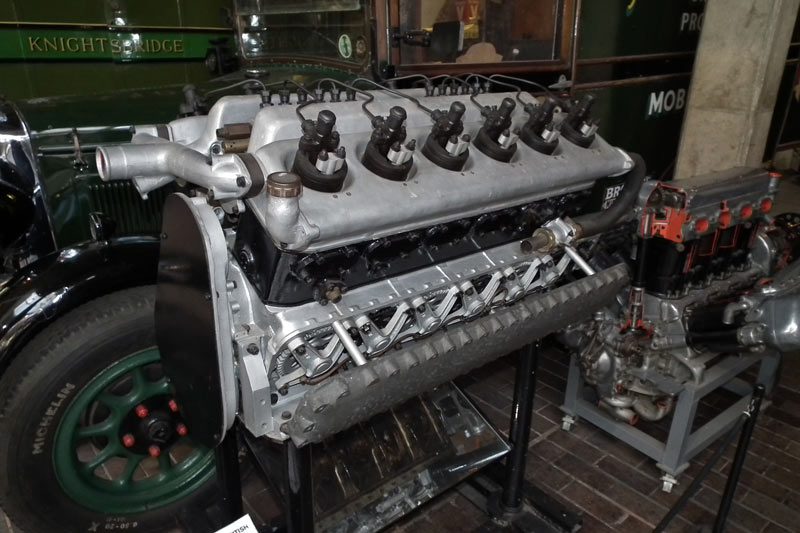Crucial Factors To Consider for Ensuring Top Quality and Durability being used Engines
When taking into consideration the acquisition of a used engine, ensuring its quality and longevity requires a diverse method. Upkeep background is an essential element, as it offers understanding right into the engine's past treatment and prospective future dependability. Beyond documents, a detailed examination of physical elements-- such as belts, pipes, and seals-- can disclose concealed concerns. Performance screening is also essential, offering a photo of the engine's operational performance. Nevertheless, understanding the nuances of these analyses and their ramifications can be complicated. What are the essential techniques that can be employed to browse this complex examination process efficiently?
Engine Background Examination
In the world of used engines, a complete engine background evaluation is critical to making sure top quality and integrity. Understanding an engine's past can offer important understandings into its performance abilities and possible future long life.
Engines that have undergone significant fixings may have underlying concerns that could resurface. Examining the engine's gas mileage can offer as an indication of wear and tear. An engine utilized primarily for long-distance freeway driving might be in much better condition than one subjected to constant stop-and-go city web traffic.
Essentially, an extensive investigation right into an engine's history is essential for making educated buying choices. used engines for sale.
Comprehensive Assessment Guide
While comprehending an engine's history supplies valuable context, a thorough evaluation is the following action to ensure its existing condition straightens with historic data. The evaluation should start with an aesthetic evaluation, looking for indicators of leaks, rust, and uncommon wear. Inspect the exterior for oil discolorations or coolant marks, which might suggest underlying concerns.
Next, assess the engine's placing system for any loose screws or abnormalities that can affect performance. Pay attention to the condition of belts and hose pipes, as these parts are important for optimum engine performance. Analyze for splits, fraying, or any type of signs of damage.

Recognizing Damage
Identifying signs of wear and tear is essential for evaluating a used engine's longevity and integrity. It entails a careful assessment of various engine components to identify their existing state and potential future efficiency.
One more essential aspect is checking the engine's seals and gaskets. In addition, uncommon noises during engine operation, such as knocking or ticking audios, may indicate interior damages or too much wear on relocating parts like pistons or bearings.
The problem of belts and tubes is equally essential, as they play a crucial duty in the engine's overall function. Broken or torn belts and fragile tubes are signs address of maturing that might cause engine failure if disregarded. Finally, analyzing the oil problem and filter can give insights right into previous upkeep techniques, as dirty oil or blocked filters suggest overlook and sped up wear.
Performance Screening Basics
Reviewing the Full Article wear and tear of engine parts sets the stage for a detailed assessment via performance screening. Efficiency testing offers as an essential procedure in determining the functional stability of a made use of engine.
Using dynamometers is an usual technique in performance testing. These tools measure the engine's result across numerous conditions, offering an in-depth account of its performance. Additionally, on-road testing enhances dynamometer assessments by observing engine habits under typical driving situations, ensuring it meets the required requirements for both safety and security and efficiency.
Advanced diagnostic devices better enhance the ability to determine underlying issues. These tools evaluate engine monitoring systems, recognizing faults in electronic components that might influence efficiency. Comprehensive screening not only verifies the engine's operational condition however additionally help in projecting future upkeep needs. This makes sure the made use of engine can supply dependable performance over a prolonged period, hence optimizing its worth and solution life.
Upkeep and Care Tips
Proper upkeep and care are important to lengthening the life-span of an utilized engine and guaranteeing its consistent efficiency. Regular oil modifications are extremely important; utilizing the supplier's recommended oil type and quality can avoid extreme deterioration. Furthermore, oil filters ought to be replaced simultaneously to preserve optimal lubrication and sanitation within the engine.
Keeping an eye on fluid levels, consisting of coolant, transmission fluid, and brake fluid, is important. Ensuring these liquids go to suitable degrees assists avoid getting too hot and various other mechanical issues. Inspecting belts and tubes for indications of wear, such as fractures or fraying, can avert potential failings that may lead to pricey repair services.
Routine examination of the air filter is additionally required, as a clean filter ensures reliable air flow and combustion, thereby optimizing engine efficiency. Ignition system ought to be inspected and changed when needed to Recommended Reading preserve reliable gas combustion and prevent engine misfires.
Finally, normal diagnostic checks utilizing professional tools can recognize possible problems before they become substantial issues. By sticking to these maintenance and care pointers, used engine proprietors can guarantee their engines remain trusted, efficient, and with the ability of executing well over a prolonged duration.
Verdict
